Let’s face it—the country’s most famous cities often come with exhausting crowds that turn vacation dreams into tourist nightmares. Thankfully, numerous smaller American cities deliver incredible attractions, vibrant cultures, and unique experiences without the frustration of packed streets or hour-long restaurant waits.
Here is a list of 15 underrated U.S. cities where you’ll discover remarkable destinations while avoiding the tourist hordes that plague major metropolitan areas.
Savannah, Georgia
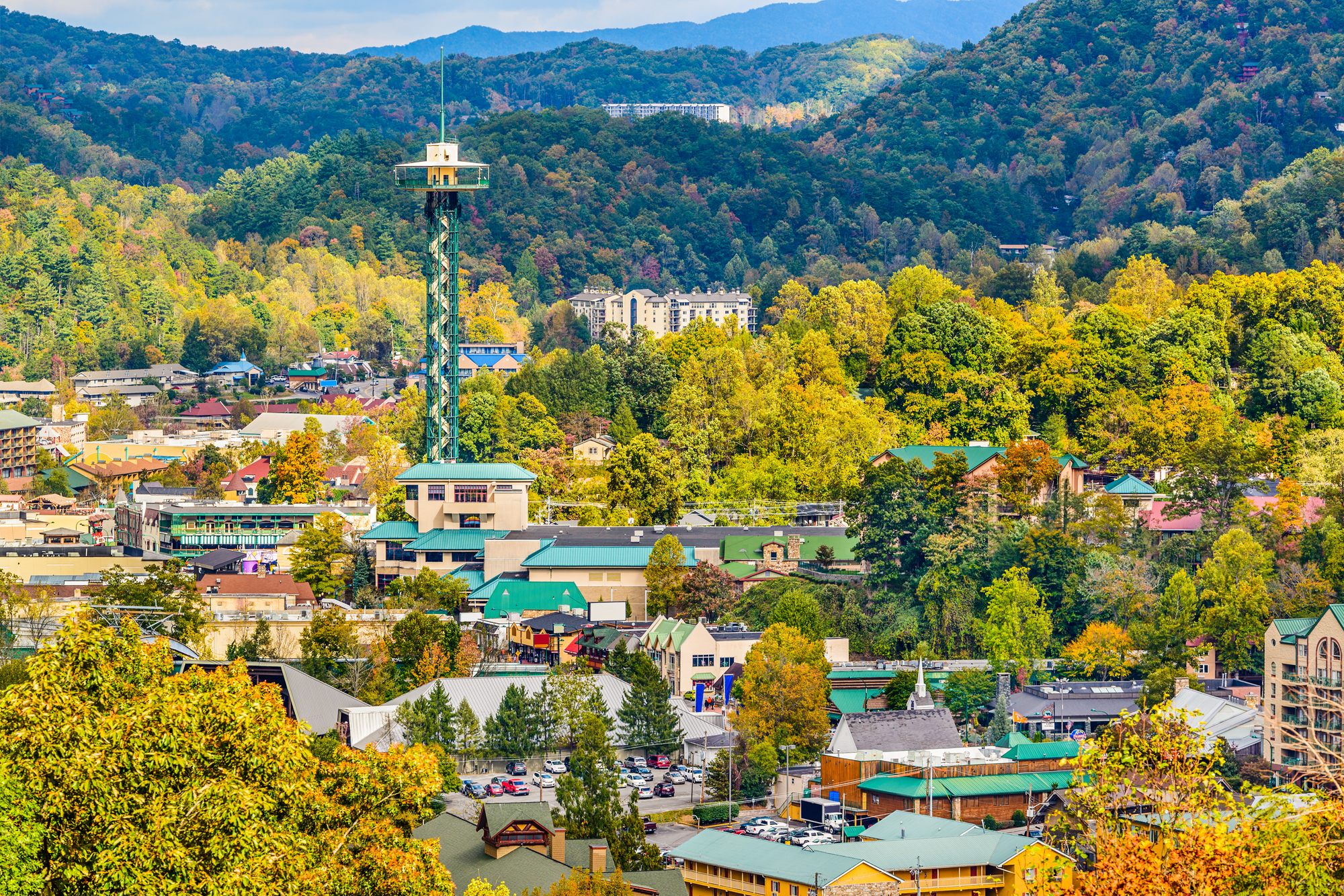
Walking through Savannah feels like stepping into a living postcard—Spanish moss drapes over 22 historic squares that punctuate neighborhoods filled with 18th-century architecture. The city’s culinary scene doesn’t mess around either; restaurants serve up mouthwatering Southern dishes that’ll make you wonder why you ever waited in line at those trendy big-city spots.
Locals aren’t surprised when visitors extend their stays after discovering this Georgia gem.
Burlington, Vermont
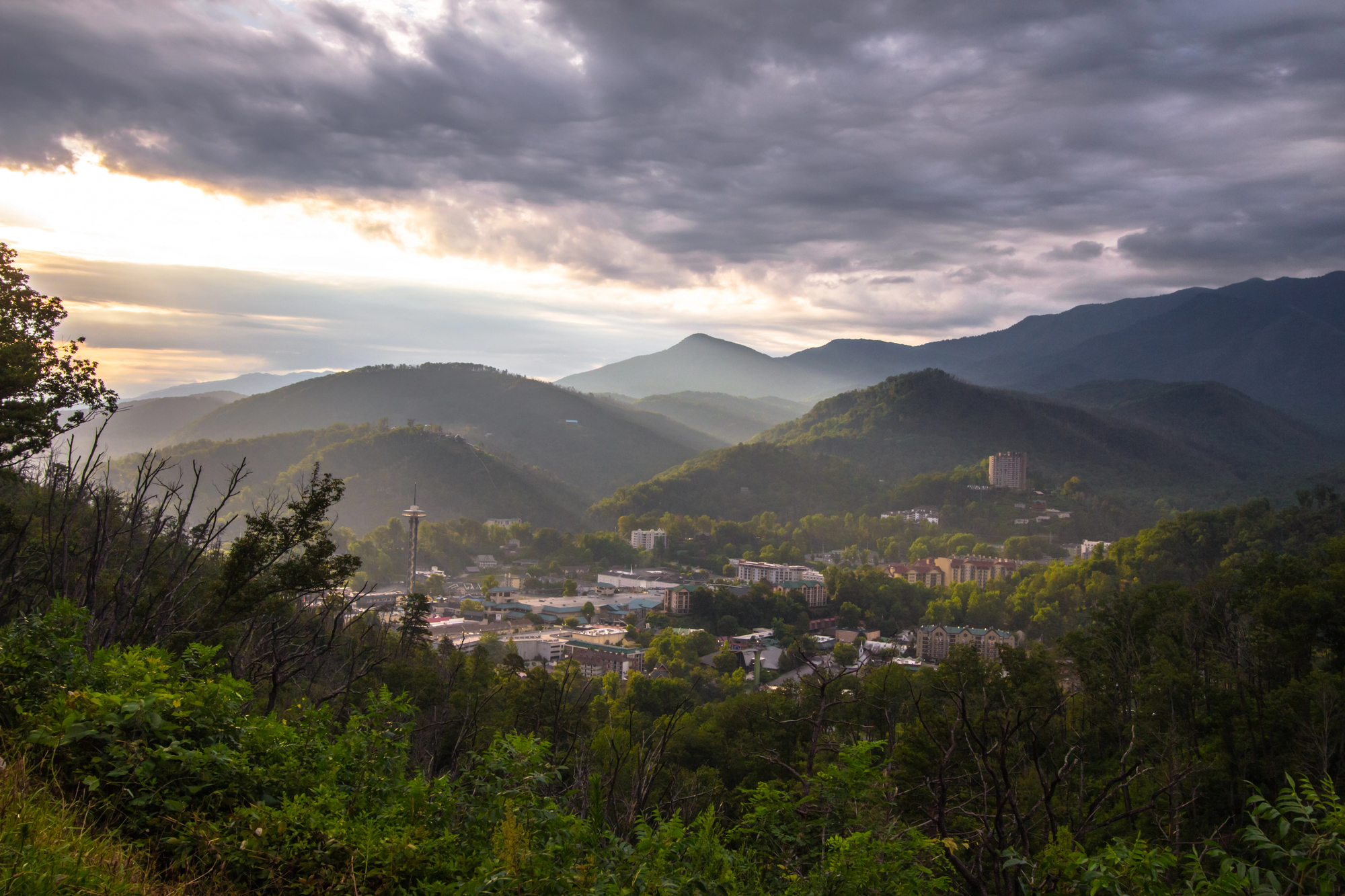
Perched between stunning mountain ranges on Lake Champlain, Burlington somehow manages to pack metropolitan amenities into its cozy downtown footprint. You’ll find the pedestrian-friendly Church Street Marketplace buzzing with local musicians while shoppers wander through quirky shops selling everything from maple syrup to artisan crafts.
Don’t expect ordinary meals here—Burlington’s restaurant scene embraces Vermont’s farm-to-table ethos with a passion that puts many foodie destinations to shame.
Santa Fe, New Mexico
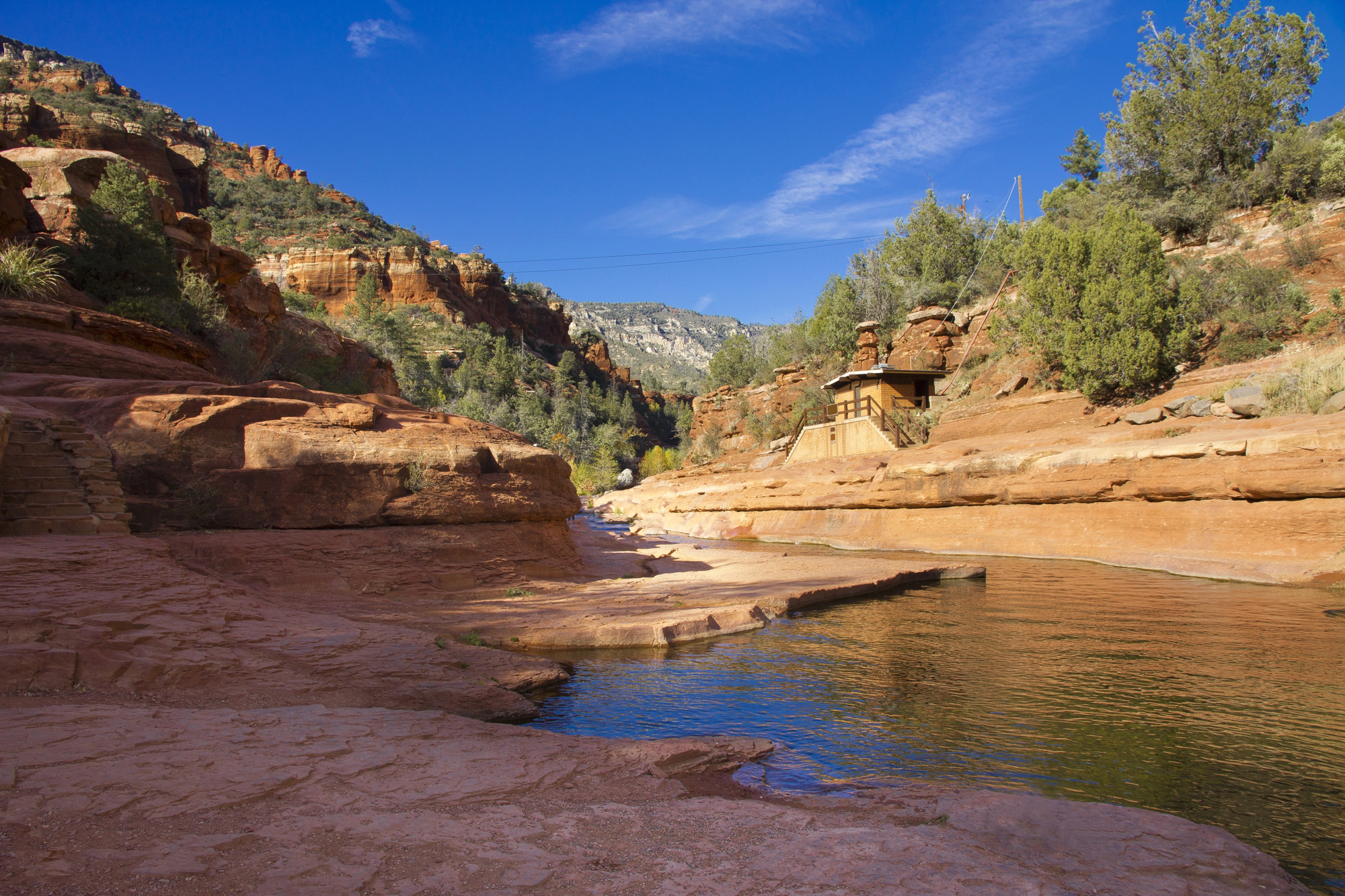
Santa Fe doesn’t need crowds to validate its status as an artistic powerhouse—this high-desert gem houses more than 250 galleries crammed into just two square miles. The distinctive adobe architecture creates an atmosphere so different from typical American cities that you’ll swear you’ve traveled internationally.
The 400-year-old Plaza sits at the heart of what might be America’s most visually cohesive cityscape, a refreshing alternative to the architectural chaos of larger urban centers.
Like Travel Pug’s content? Follow us on MSN.
Asheville, North Carolina
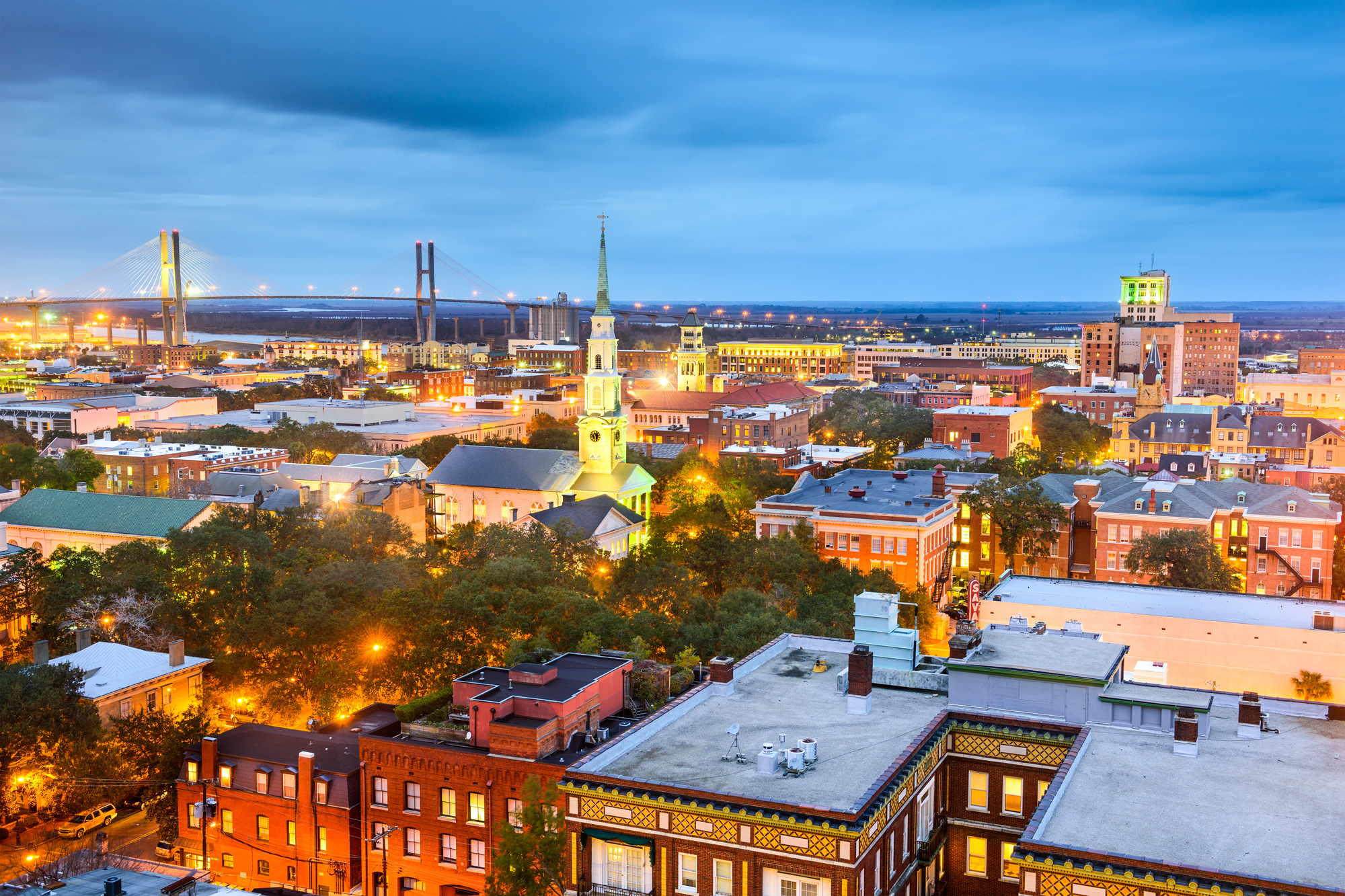
Nestled amid the Blue Ridge Mountains, Asheville combines natural splendor with a cultural richness that defies its modest population. Music spills from doorways most nights – not from tourist traps, but authentic venues where locals and visitors mingle without distinction.
Beer enthusiasts can’t help but marvel at the city’s brewing density—over 30 craft breweries serve a population under 100,000, creating a beer scene that rivals Portland’s without requiring elbows to reach the bar.
Bend, Oregon
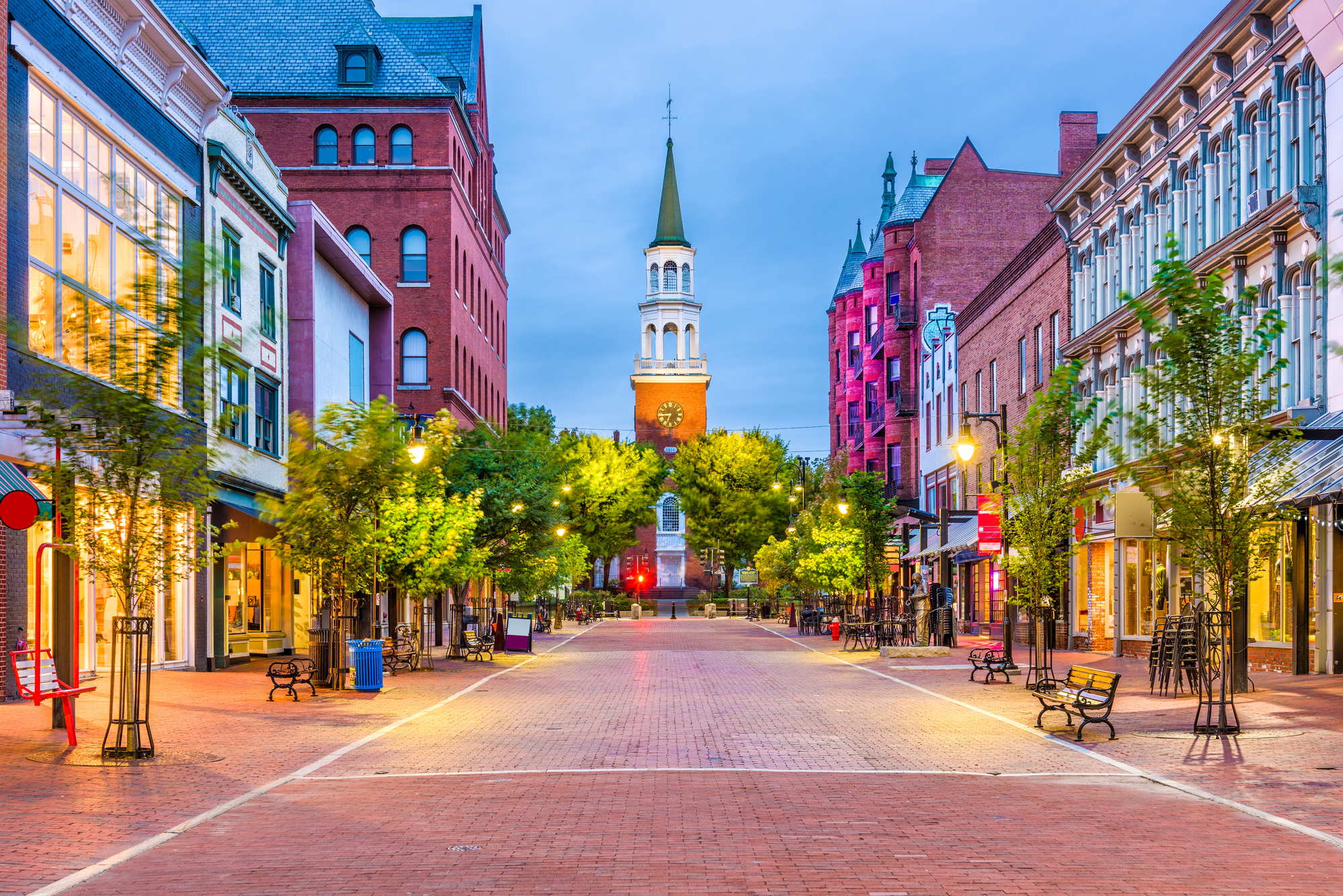
Mention Bend to outdoor enthusiasts, and you’ll likely hear sighs of envy – this mountain town delivers adventure opportunities comparable to famous resort destinations minus the pretension. The Deschutes River flows right through town, while the Cascade Mountains create a jaw-dropping backdrop visible from virtually anywhere in the city.
Locals half-jokingly claim they moved for the 300 days of sunshine but stayed for the 22 breweries along the Bend Ale Trail—the quality of life metrics that bigger cities simply can’t match.
Portsmouth, New Hampshire
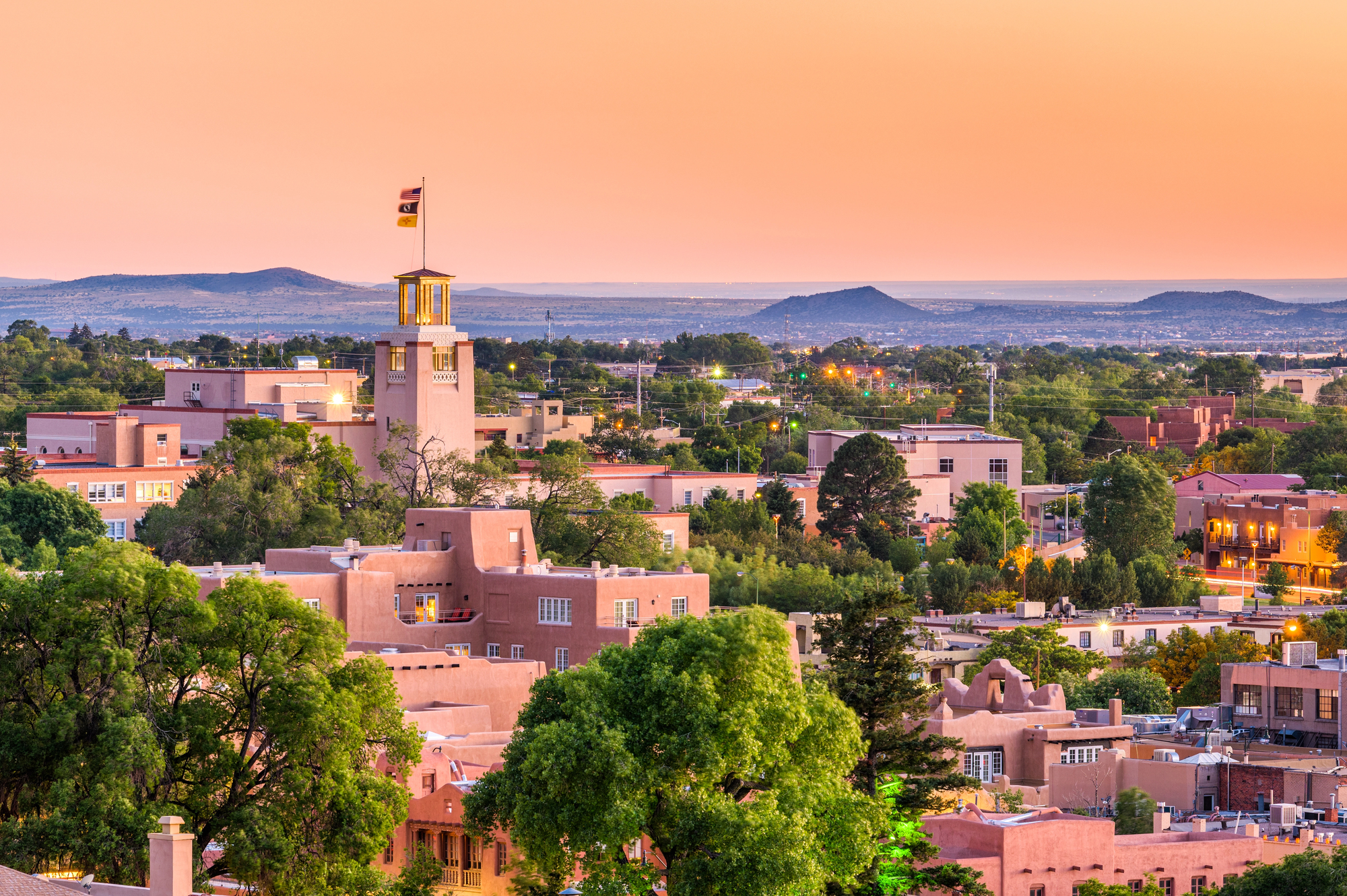
Portsmouth manages to compress centuries of American maritime history into a compact, walkable downtown that never feels like a tourist trap. Brick colonial buildings—now home to independent bookstores, coffee shops, and boutiques—line streets that sailors have walked since the 1600s.
The city’s waterfront location provides coastal charm rivaling more famous New England destinations—yet visitors can still find parking and restaurant tables without strategic planning or lengthy waits.
Like Travel Pug’s content? Follow us on MSN.
Chattanooga, Tennessee
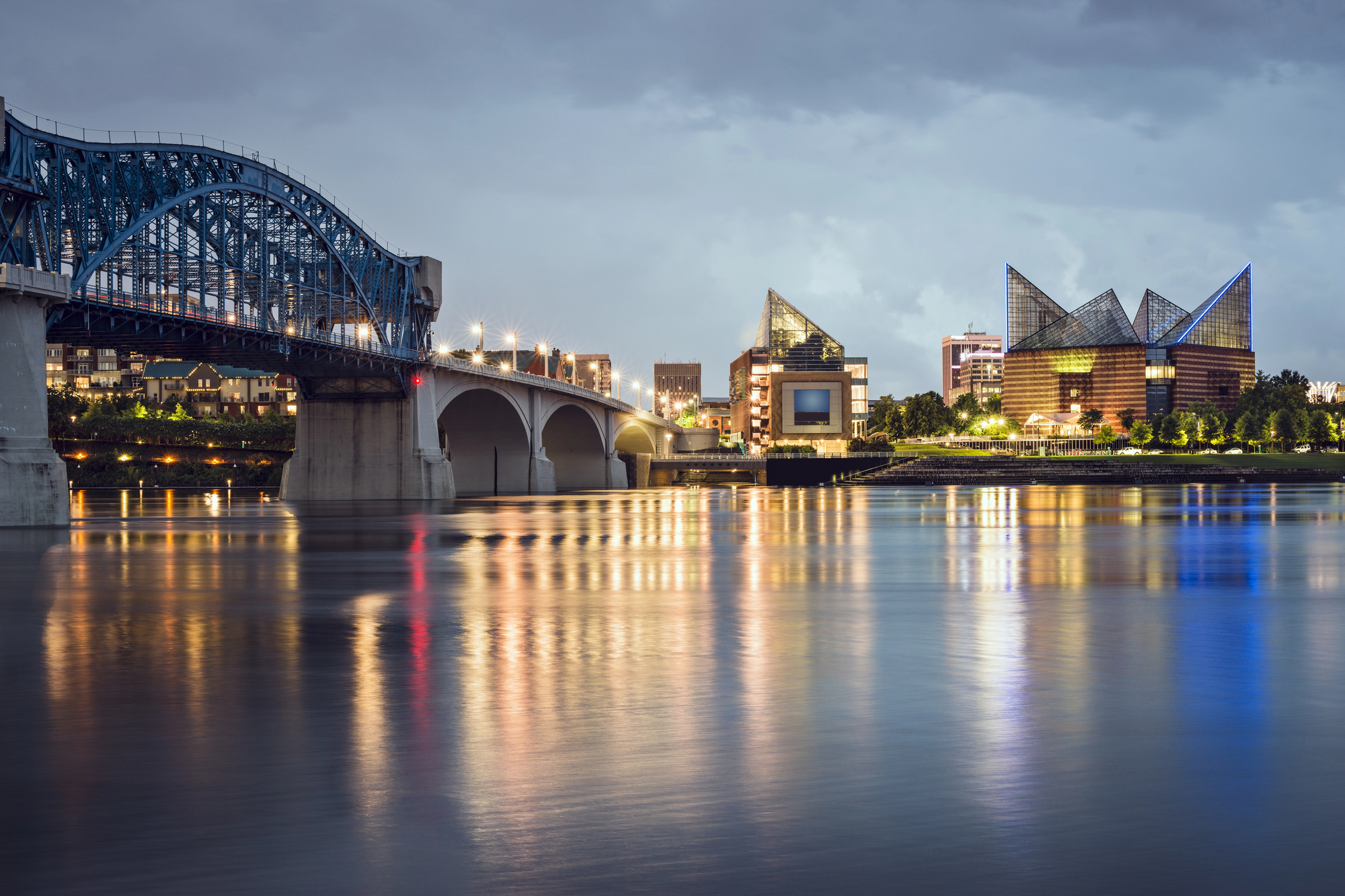
Chattanooga has pulled off one of America’s most remarkable urban transformations—shifting from an industrial center to an outdoor recreation hub while building cultural attractions that seem transported from much larger cities. The Tennessee Aquarium stands as just one example—a world-class facility in a mid-sized city that refused to accept limitations.
Visitors can bike the 16-mile Riverwalk connecting attractions without battling traffic, then head to nearby mountains for climbing or hiking without dedicating an entire day to escaping the city.
Madison, Wisconsin
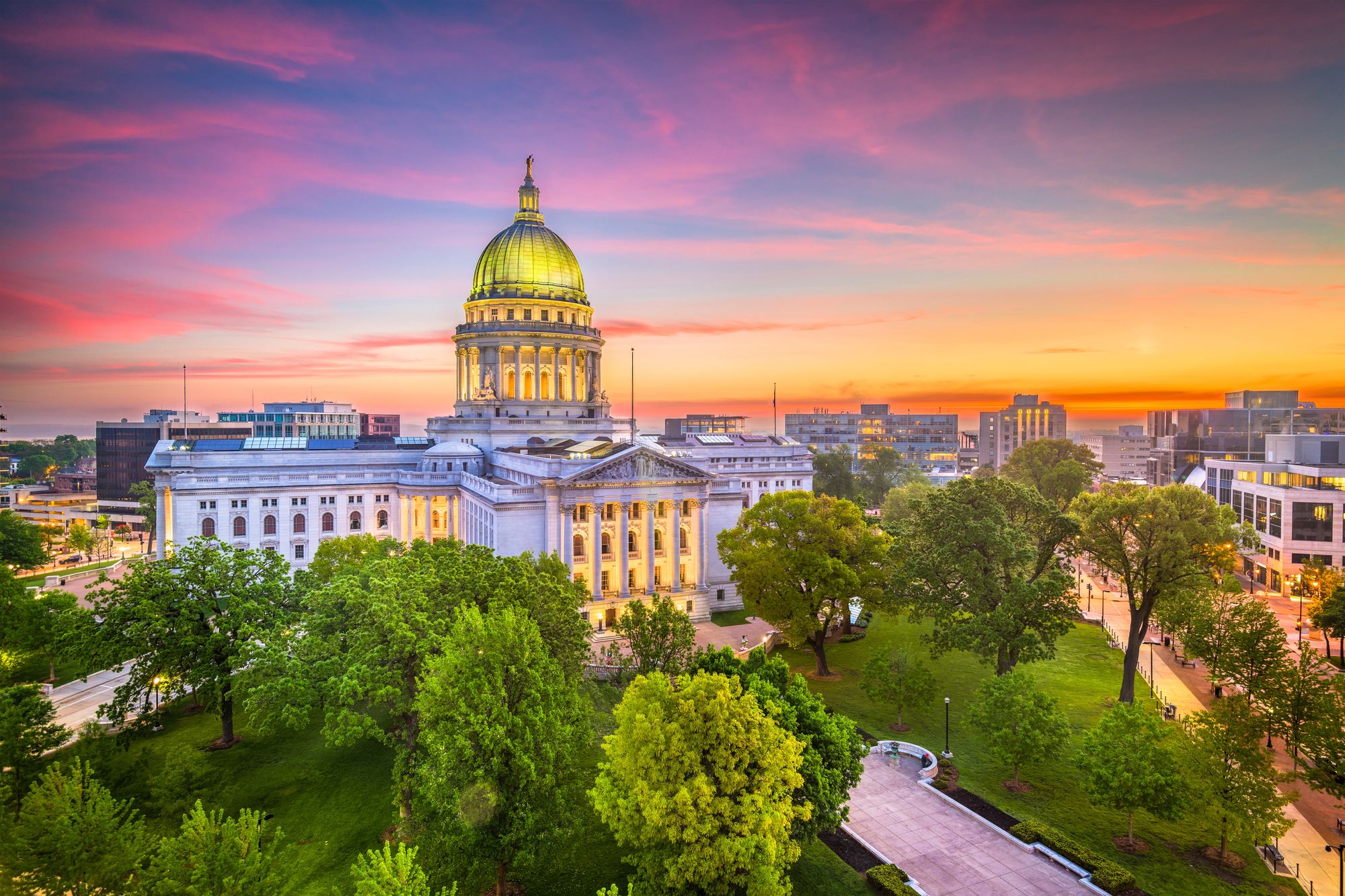
Madison perfectly balances energetic college-town vibes with sophisticated amenities that visitors might expect from cities twice its size. The isthmus between two lakes creates a natural beauty rarely found in urban settings, with water views just blocks from the imposing state capitol building.
Food enthusiasts shouldn’t miss the Saturday farmers market—one of the nation’s largest—where Wisconsin’s agricultural abundance is displayed without the crushing crowds found at similar markets in metropolitan areas.
Providence, Rhode Island
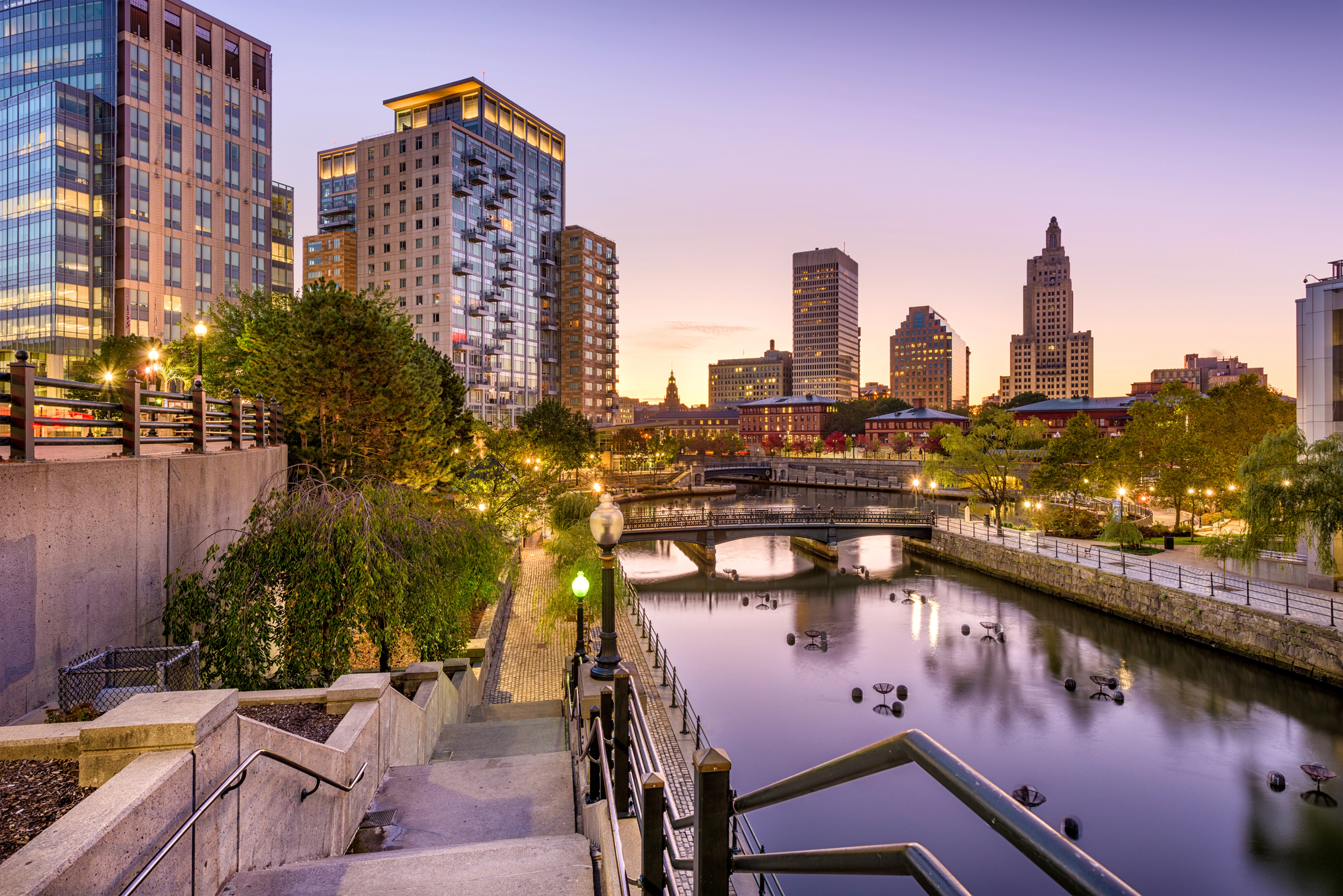
Providence delivers New England’s historic charm infused with creative energy from institutions like Brown University and the Rhode Island School of Design. The compact downtown area punches well above its weight class culinarily, with restaurants showcasing Italian, Portuguese, and other immigrant traditions that form the backbone of Rhode Island’s food identity.
WaterFire—an installation featuring 100 bonfires along downtown waterways—creates an atmosphere that even jaded travelers admit feels magical without requiring big-city hassles.
Like Travel Pug’s content? Follow us on MSN.
Greenville, South Carolina
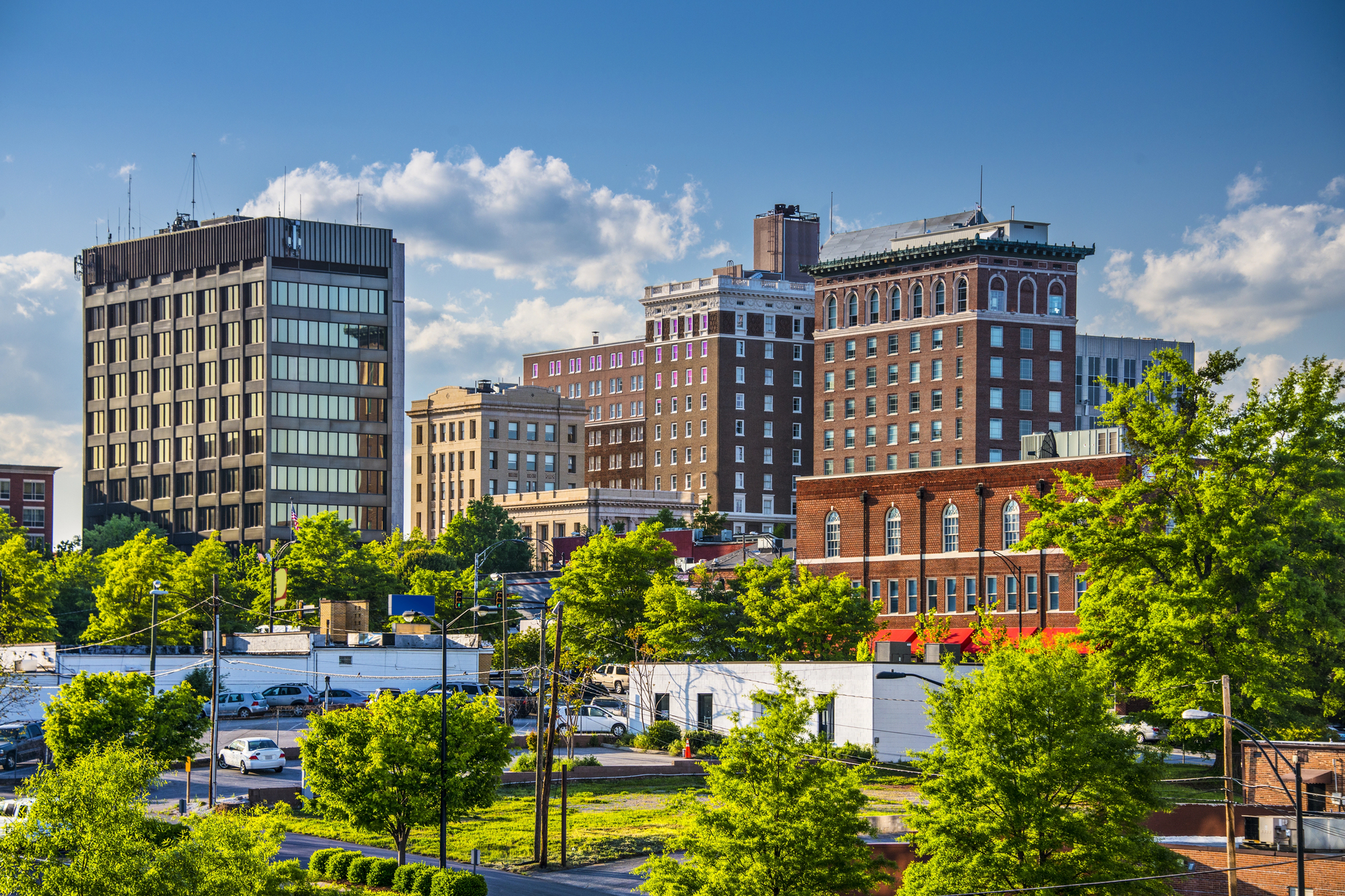
Greenville’s revitalized downtown centers around a feature few cities can claim—a stunning waterfall flowing right through the heart of the city. The 22-mile Swamp Rabbit Trail gives cyclists and pedestrians a scenic path that connects neighborhoods without requiring navigation skills or parking strategies.
The food scene has blossomed remarkably in recent years—attracting chefs from larger cities who’ve realized they can express their culinary vision without the crushing overhead and cutthroat competition of major markets.
Boise, Idaho

Boise balances urban amenities with outdoor access in ways that make residents of larger cities reconsider their life choices. The 25-mile Boise River Greenbelt threads through neighborhoods, providing recreation opportunities that typically require significant commutes from metropolitan areas.
Did you know Boise hosts one of America’s largest Basque communities? This unique cultural presence adds festivals and cuisine that differentiate Boise from typical mid-sized American cities.
Traverse City, Michigan
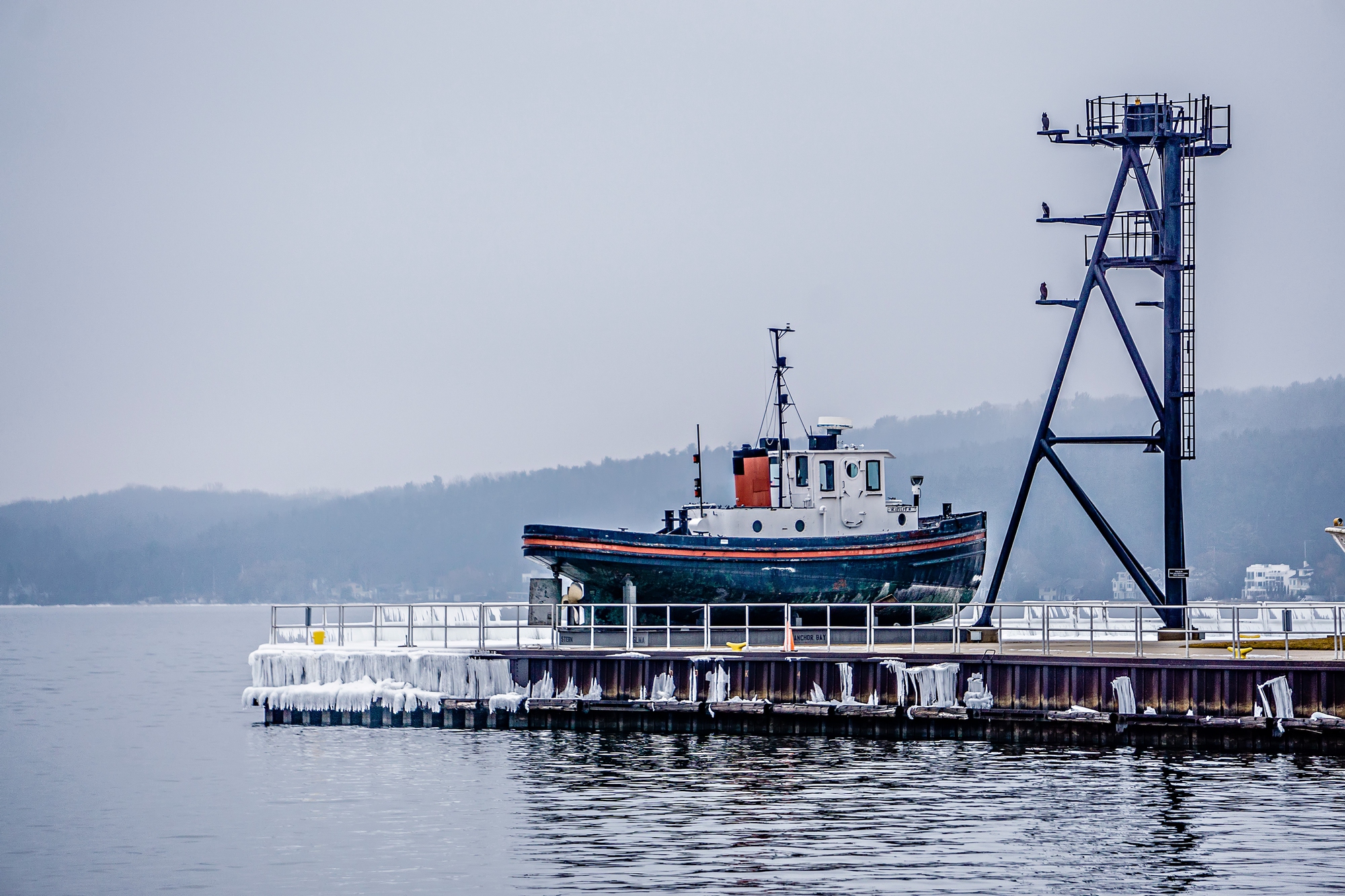
Traverse City sits amid stunning natural beauty that challenges visitors’ preconceptions about the Midwest. Sandy beaches along Grand Traverse Bay provide summertime recreation without coastal price tags or population density.
The surrounding region produces a staggering 75% of the nation’s cherries and supports a thriving wine industry featuring over 40 wineries. Restaurants throughout the area serve farm-to-table cuisine that benefits from the region’s agricultural diversity without requiring reservations weeks in advance.
Like Travel Pug’s content? Follow us on MSN.
Flagstaff, Arizona
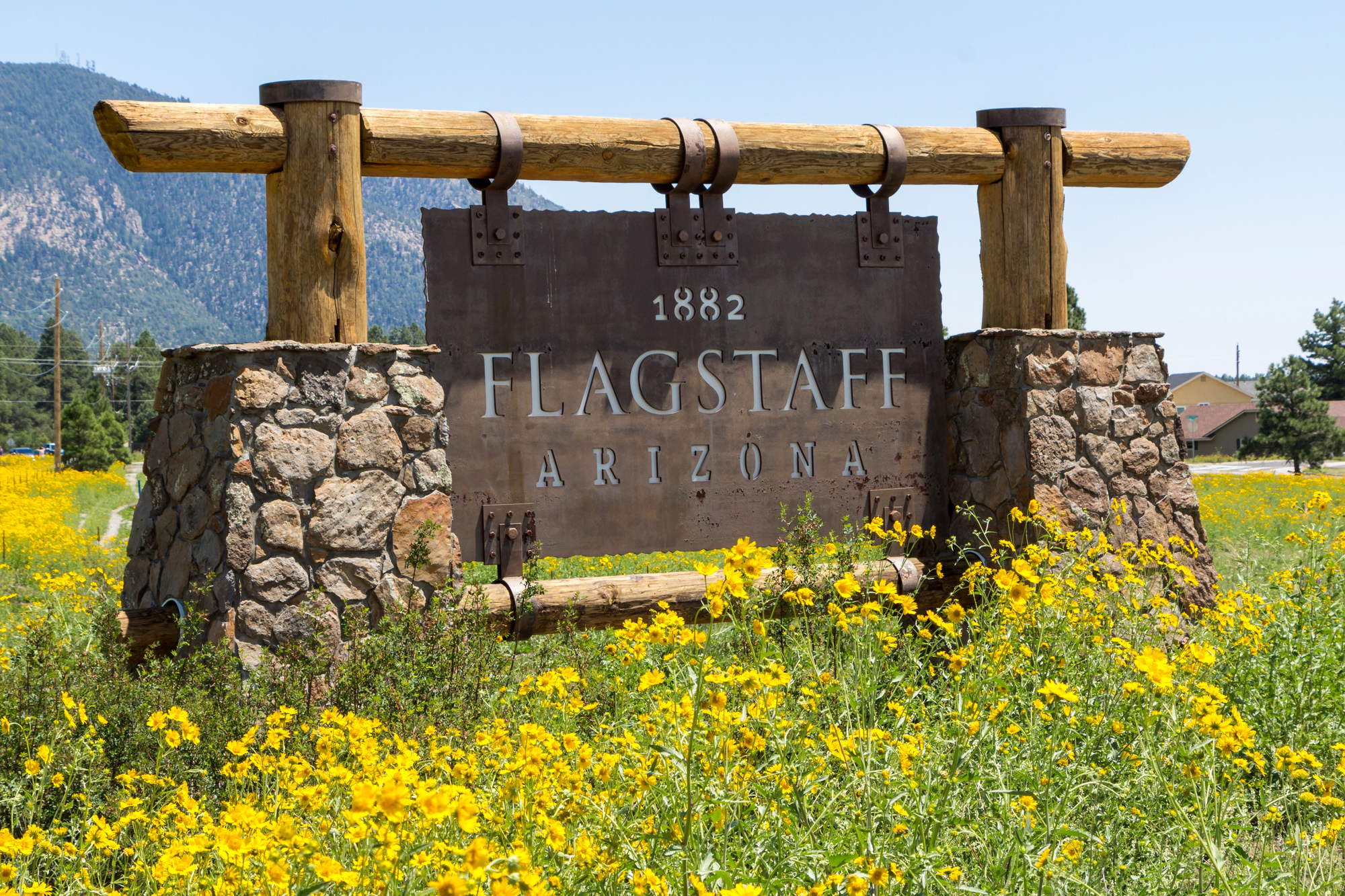
Flagstaff offers a completely different Arizona experience than most visitors expect, with pine forests and alpine landscapes replacing the desert imagery associated with the state. Located at 7,000 feet elevation, the city enjoys four distinct seasons, including genuine winter snow that supports the nearby Arizona Snowbowl ski resort.
The historic downtown maintains its Route 66 heritage while housing modern breweries and restaurants that serve crowds without the overwhelming waits common in Sedona or Phoenix.
Missoula, Montana
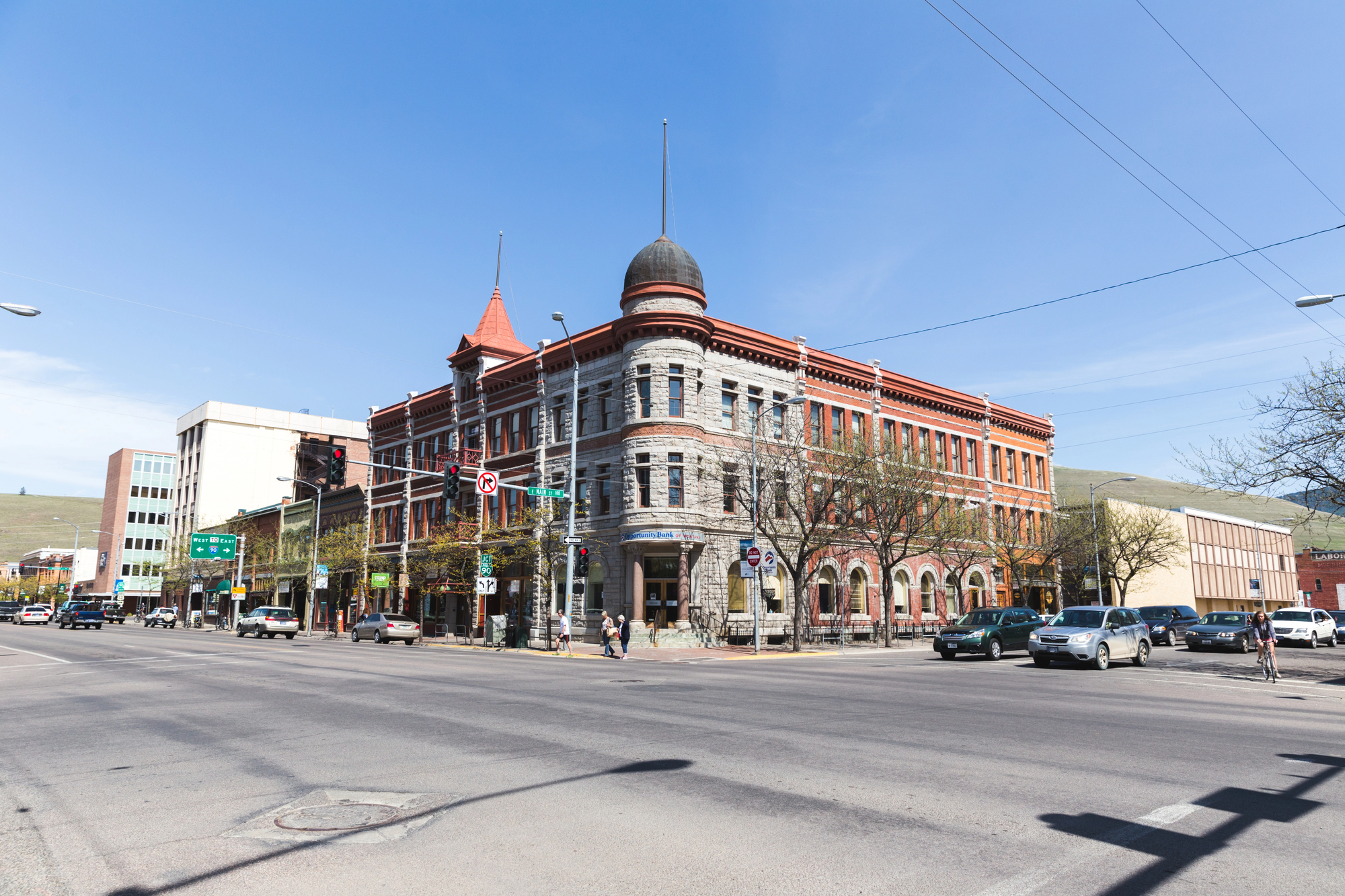
Missoula delivers authentic Montana experiences without the inflated real estate prices and artificial atmospheres found in more famous mountain destinations. Three rivers converge near downtown, creating abundant fishing, rafting, and kayaking opportunities within city limits.
The weekly farmers market showcases local products against a backdrop of surrounding mountains, offering a genuine slice of mountain living increasingly rare in more commercialized Western destinations.
Wilmington, North Carolina
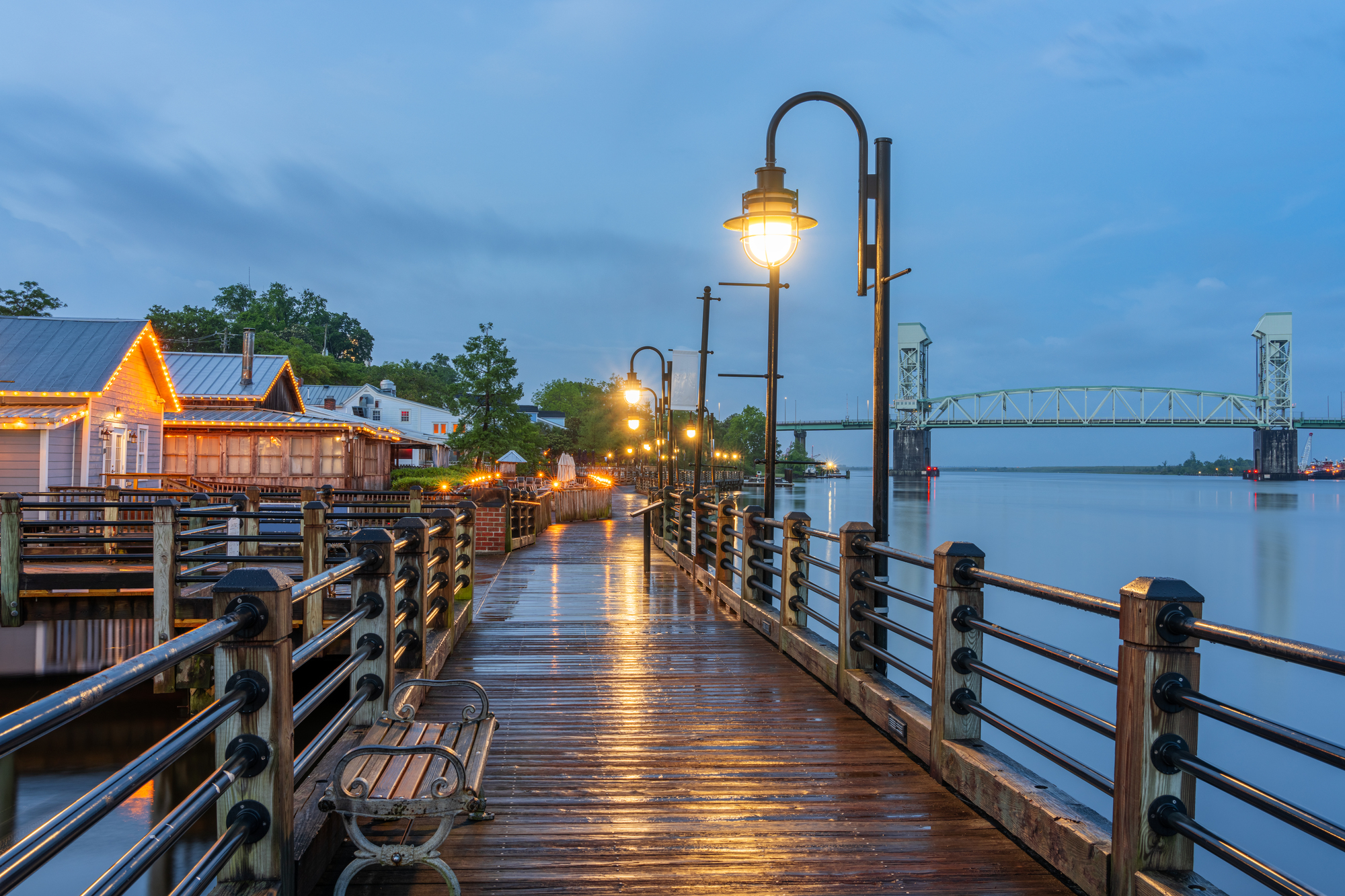
Wilmington blends historic preservation with coastal appeal along the Cape Fear River. The impressive 230-block historic district contains more pre-Civil War structures than any other southeastern city, creating an atmosphere that feels authentically preserved rather than artificially created for tourism.
Nearby beaches offer Atlantic Ocean access without the overwhelming development and crowds found in more famous coastal destinations throughout the Eastern Seaboard.
Like Travel Pug’s content? Follow us on MSN.
Beyond the Beaten Path
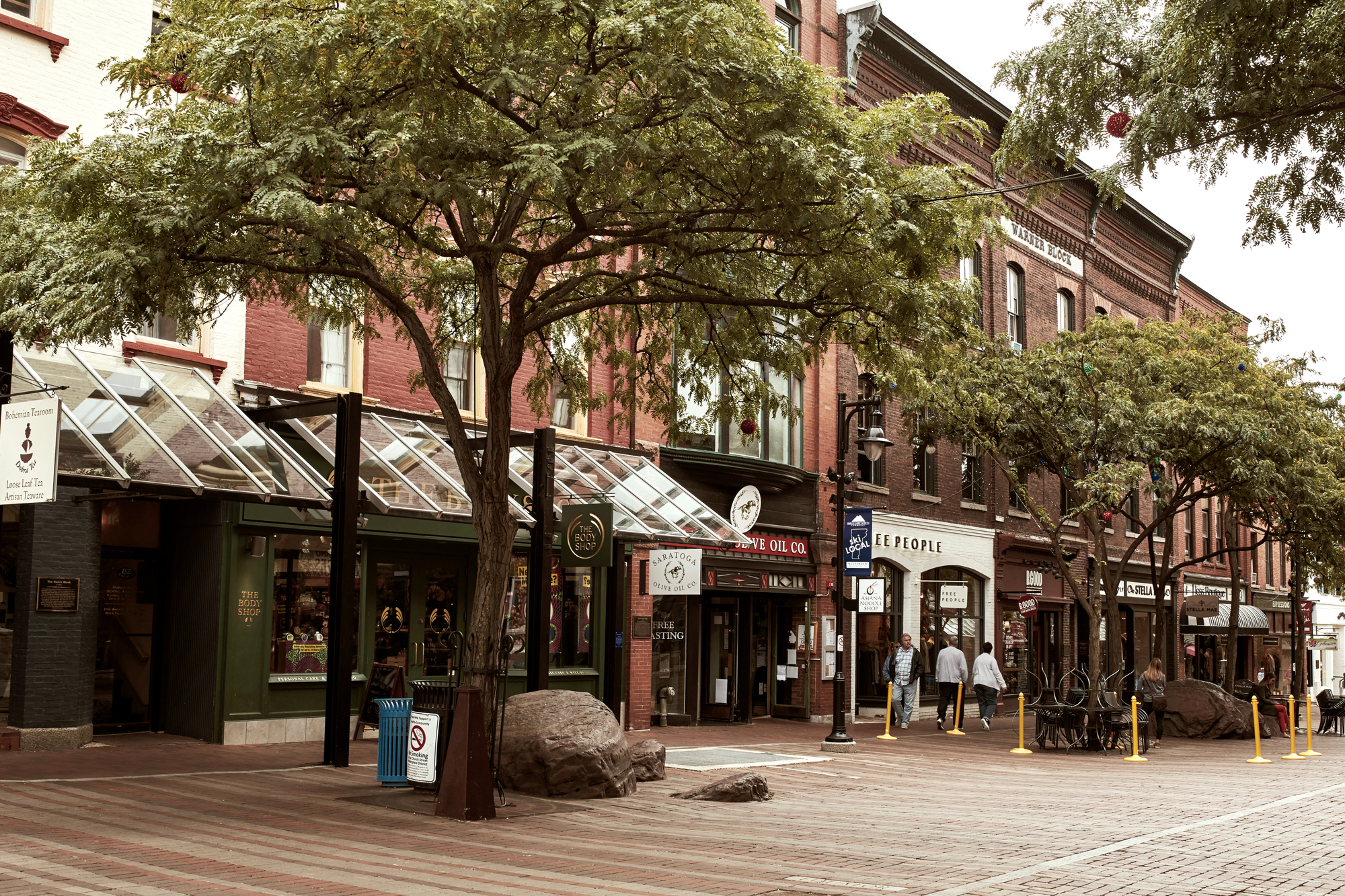
These fifteen cities represent just a sampling of America’s hidden gems that deliver memorable travel experiences without the drawbacks of overtourism. Each offers unique character and attractions while maintaining an authentic atmosphere that often disappears when destinations become too popular.
The next time you’re planning a vacation, consider these alternatives to predictable hotspots—your experience will likely be richer for having the space to discover rather than simply check items off an overcrowded bucket list.
More from Travel Pug

- Cities Growing so Fast You Won’t Recognize Them in 10 Years
- 13 Destinations Where Tourists Regularly Regret Their Trip
- 16 U.S. Cities That Are Quietly Becoming Travel Hotspots
- Where to Travel If You Love Long Bus Rides and Daydreams
- 20 Cities Perfect for Solo Travelers Who Crave Adventure & Culture
Like Travel Pug’s content? Follow us on MSN.
